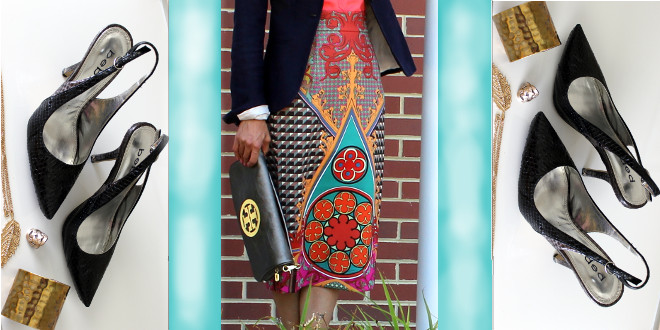
by Kamana Sharma
With family, friends, work, school and blogging, my life is full these days, in a good way. I have always been one of those on-the-go types who loves new experiences and adventure.
Although, lately trying to do it all has started to take its toll. I find myself thinking about the next project, assignment, or task to knock off my to-do list; instead of enjoying the present moment.
Thankfully, I have learned how to take time out to relax, slow down and prioritize what is most important. I have been able to remove things that were weighing me down and make space for new experiences this New Year.
Simplify – is now the mantra I live by.
By simplifying, I learned to put my time and energy towards what matters most. I am now working to simplify all areas of my life. Cleaning my closets, drawers and storage spaces has left me feeling free. And I can now easily find where things. Six storage bags and two trips to Goodwill later, I feel lighter and more appreciative of what I have.
But simplifying my wardrobe was a huge task, and I am so glad I did it. As I looked through my closets, I noticed I had a lot of work clothes and evening clothes. I soon realized that instead of having separate outfits for day and evening, I needed to start finding pieces I could wear to both work and evening events.
So, after doing A LOT of simplifying, I added a few statement pieces to make my day-to-evening outfits pop!
The Pankaj and Nidhi pencil skirt, featured below, were great finds. The material of the skirt is excellent quality and the midi-length is just right, and the best part of wearing this outfit is its flexibility. You can easily transition from work to hanging out with friends in this bright yet demur number.
Designer duo Pankaj and Nidhi are known for their bold designs and modern take on Indian fashion, a selection of their designs are now available at Anthropologie stores.
Outfit Details:
Skirt: Pankaj and Nidhi | Top: Express | Blazer: H&M Purse: Tory Burch | Shoes: Bebe | Accessories: Forever 21
Keep up with our newest Brown Girl Kamana’s latest fashion and style tips on her Website Social and Style, Twitter, Facebook and Instagram.




